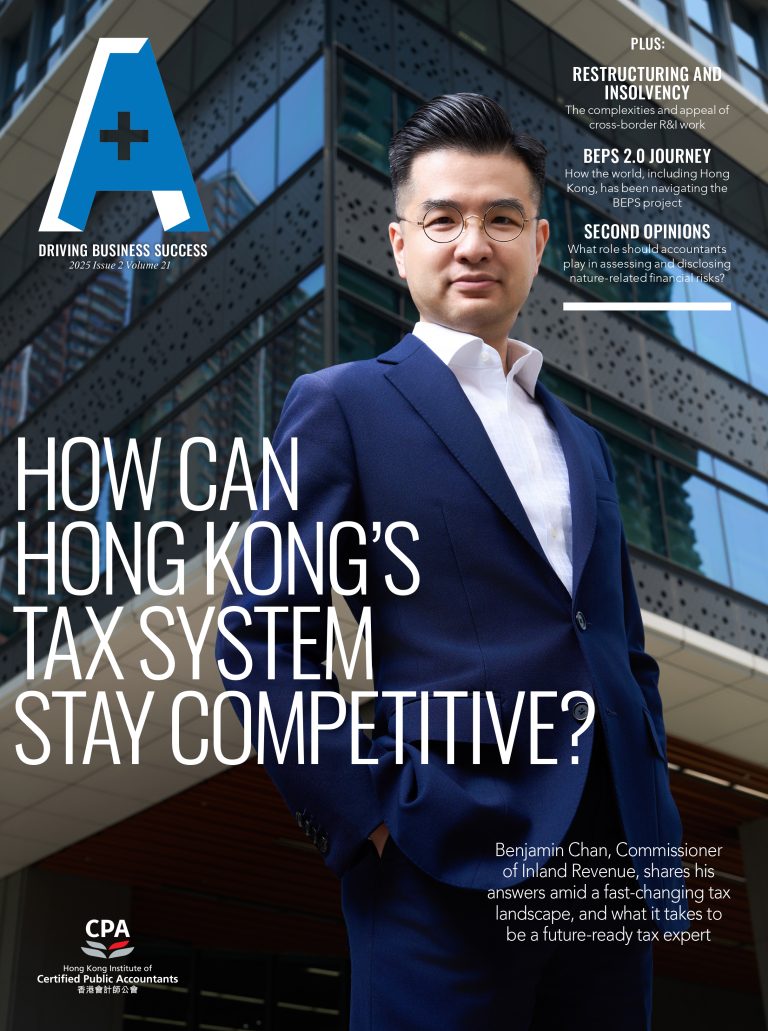Some eMNCs are looking likely to uproot long-established multinationals. Michelle Perry finds out what is driving their success
Illustrations by Ester Zirilli
Over the past two decades – but at a faster pace in the past 10 years – an interesting development in the world of global business has been quietly taking shape – the rise of the emerging market multinationals. These global challengers have been quietly investing overseas, learning quickly about globalizing their products and services and are aspiring to be global leaders in their industries.
Indeed last year, almost a third (149) of the Fortune Global 500 companies were from the top 20 emerging market countries called the E20, including Taiwan, China, Russia and Mexico. Moreover, so-called eMNCs drive outbound foreign direct investment flows to an increasingly wider range of target markets and industries.
The top 20 companies from the E20 in the list includes South Korea’s Samsung Electronics and Hyundai Motor Company, Russia’s Gazprom, an energy company, and Brazil’s Petrobras, which operates in the oil, natural gas, and energy industries. Chinese companies dominate and account for about 20 percent of companies in the overall 2017 ranking with 108 entries. E20 companies now accounted for more than half of the top five multinationals across major industries including banking, automobile, crude oil production, engineering and construction, logistics, metals, mining, petroleum refining and telecoms – a significant achievement given the relative youth of these companies.
New phase of globalization
So how did this happen? For years, G7 (Canada, France, Germany, Italy, Japan, United States and United Kingdom) multinationals have looked to BRIC economies (Brazil, Russia, India and China) for revenue growth as developed countries have slower growth rates compared with developing countries. Since the global economic crash in 2007-08, that primarily hit developed economies, growth for these economies have been consistently below long-run trend rates (the average rate of economic growth over a period of time).
Multinationals in emerging markets used this opportunity to grow and expand through investments and mergers and acquisitions around the world, including in major developed economies such as the G7 domestic markets. A growing middle class and savvy consumers with money to spend also changed the outlook for emerging market multinationals in their own domestic markets, and the tables began to turn.
According to the Emerging Market Multinationals Report by Cornell University’s SC Johnson College of Business, the E20’s contribution to global production last year accounts for almost half of global gross domestic product (GDP) (48 percent in 2016 on a GDP at purchasing power parity basis), compared to 30 percent in 2000. “This surge illustrates the impressive shift that has taken place in the world economy in less than two decades, as emerging markets become drivers of global growth. Today, the E20 countries not only serve as centres of production or trading hubs for advanced economies, but also as massive consumer markets,” the report says.
Dinesh Khanna, Senior Partner and Managing Director at Boston Consulting Group, based in New York and Singapore, says: “Our view of the historical supply chain – that everything moves to the low-cost country – is no longer valid any more. I think at a macro-level we are entering a new phase of globalization – a world that is a lot more complex.
“We are dealing with competition that is more mature. We are dealing with local players that have come of age – that are faster, nimbler and have aspirations, who now have access to capital which they may not have had,” Khanna adds.
“In many ways, the rise of eMNCs at the turn of the millennium is reminiscent of the emergence of U.S. companies after WWII, though many of the firms are from China. Their rise has been meteoric, as reflected in their participation in the Fortune Global 500, which tripled in just eight years – a remarkable feat considering most Chinese companies were founded post-1950. While other emerging economies are still catching up, there is no doubt that the rise of eMNCs overall is capable of upending the hitherto dominant position enjoyed by the G7 multinationals,” the Cornell study noted.
Growth over profits
Until recently companies from emerging economies have been considered as low-cost competitors compared to their more developed rivals in the G7. They have focused on efficiency and productivity thanks to cheap labour costs and the availability of natural resources. However, that is changing in some emerging economies, particularly in China where labour costs are rising.
“They operate differently. Many are state-owned but many are increasingly in private hands such as China’s Alibaba and Tencent. Also products, which used to be cheaply made, are increasingly higher quality. Phones and PCs made by Korean and Chinese companies are cheaper but they are of similar quality to Western companies now,” says Lourdes Casanova, one of authors of the Cornell University report, and Senior Lecturer and Director, Emerging Markets Institute, SC Johnson School of Management at Cornell University.
Many multinationals from emerging economies have also grown in maturity and sophistication having learned lessons in their investment choices and approach to merger and acquisition activity. In February, Philippines’ fast-food giant Jollibee Foods Corp made headlines after announcing it would pay US$100 million for a 45 percent stake in U.S. burger chain Smashburger Master amid its aggressive global expansion. The share purchase will increase Jollibee’s global store network by 365 stores to 4,162 and expand its overseas presence from 16 to 21 countries, Jollibee said.
Many eMNCs are also shifting their focus to branding not just in foreign markets but also in their own local markets because local consumer tastes are evolving and disposable income is growing, too.
Emerging multinationals have stepped up investment in innovation capabilities, and these shifts in strategy point to significant changes on the horizon, with them becoming serious contenders to established global businesses, Casanova says. “They are great innovators.”
“Phones and PCs made by Korean and Chinese companies are cheaper but they are of similar quality to Western companies now.”
What’s driving success among eMNCs?
Outward investment has played a significant role in the management and growth of emerging multinationals. In 2007, the share of global foreign direct investment from emerging economies was 7 percent, according to Cornell’s study. By 2016, that figure had risen to 19 percent, or US$274 billion. Of the emerging market economies, Asia led the trend. E20 Asian countries accounted for about 17 percent of global outward foreign direct investment flows in 2015-2016, compared to 12 percent in 2010 and less than 1 percent in 2000.
Latin America, in contrast, which used to lead the way on outward foreign direct investment flows, slipped down the league table. Brazil’s reversal of fortunes in terms of foreign direct investment flows affected the region as a whole, the report notes. It adds that the country has been suffering from a decrease in both its foreign direct investment outflows and inflows since 2011, partly attributed to complex political and economic developments.
China government’s change in tack with the Belt and Road initiative – The total value of the newly signed contractual projects in countries along the Belt and Road routes amounted to US$144.32 billion in 2017, according to the Ministry of Commerce – is undoubtedly the reason for much of the Chinese outward investment.
Europe is benefitting considerably from investment from large private, listed and state-owned enterprises, particularly those from China with companies such as Huawei, Alibaba, Midea, Fosun and Haier all participating in merger and acquisitions in European companies. State-owned chemical company ChemChina acquired Swiss agricultural company Syngenta for US$43 billion in cash last year. And a recent acquisition of German robotics company Kuka by Chinese electrical appliance manufacturer Midea highlights a new age of changing strategies by emerging market companies.
The deal shows how Chinese investment strategies are evolving, say industry experts at Mazars, because it illustrates a mutually beneficial arrangement for both parties in high-tech industries.
Their rise also has to do with their focus on growth over profits. Many eMNCs are able to do this because they are well funded through domestic government but many private businesses understand that they have to expand and build their brand first and have the capital to do that. A focus on profits is expected to come later.
Challenges ahead
It’s important to remember that emerging markets are not a homogeneous class. On the one hand are countries with the promise of rapid growth and increasingly open economies. On the other are more closed economies with unstable political situations and tight restrictions for foreign investors. And in between are those with huge debt, worrying monetary policy and inflation concerns.
According to research by the Boston Consulting Group, emerging market-based companies that want to challenge established business in the global marketplace face three key obstacles: brand building, enhancing customization to local markets and organizational evolution.
“Few emerging market consumer brands are well known outside their home country. Companies need to work hard to improve consumer engagement.”
On brand building, BCG says: “Few emerging-market consumer brands are well known outside their home country. Companies need to work hard to improve consumer engagement.” As for customization to local markets and organization evolution, BCG says: “The optimal level of localization for each business function needs to be tailored to the company’s specific strengths and weaknesses. It can be tough to balance local and global responsibilities. Vital areas for improvement include diversifying the talent pool, building a scalable structure, and establishing agile decision-making processes.”
The battle for talent is also a great challenge for eMNCs. But as younger generations, particularly from Asia and Latin America, increasingly study and travel abroad, they will learn established business practices on brand and organizational management structures. The number of international migrants worldwide has continued to grow rapidly in recent years, reaching 258 million last year, up from 220 million in 2010 and 173 million in 2000, according to the United Nations’ 2017 International Migration Report.
Macroeconomic hurdles cannot be underestimated either. According to the International Monetary Fund’s World Economic Outlook April 2018 report, “Aggregate growth in emerging market and developing economies is projected to firm further, with continued strong growth in emerging Asia and Europe.”
But it goes on: “The outlook is mixed across emerging market and developing economies. Prospects remain favourable in emerging Asia and Europe, but are challenging in Latin America, the Middle East and sub-Saharan Africa.”
It is, however, clear if current trends continue multinationals from emerging markets will set direct challenges to companies in developed economies. What should however be a positive is that competition is a stimulus for change and innovation that ought to improve overall company performance and also consumer choice and living standards around the globe.
E20 economies: Mexico, Argentina, Brazil, Chile, China, Colombia, Egypt, India, Indonesia, Iran, South Korea, Malaysia, Nigeria, Philippines, Poland Russia, Saudi Arabia, South Africa, Thailand, Turkey
















